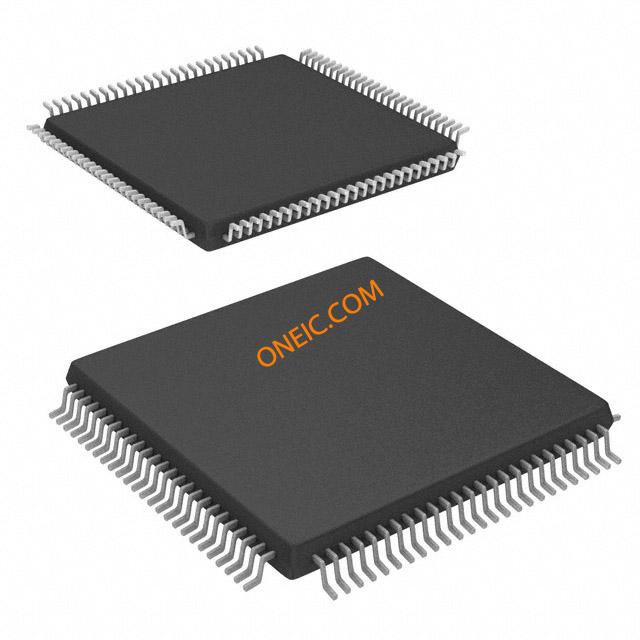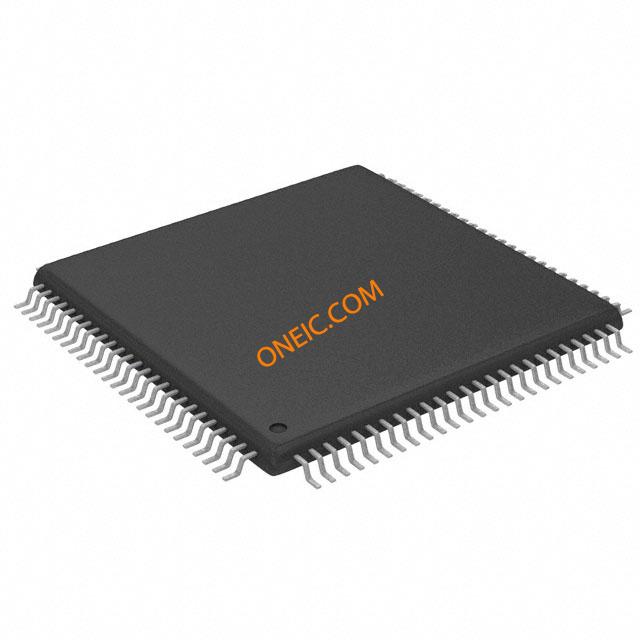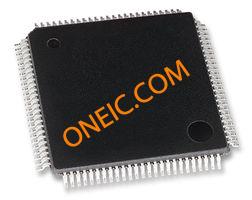DSPIC33FJ256GP710A
16-bit dsPIC microcontrollers with 256KB flash, 100-pin TQFP packaging
Manufacturer: microchip
series introduction
# Introduction to the DSPIC33FJ256GP710A Product Series
## 1. Overview
The DSPIC33FJ256GP710A is a member of Microchip Technology's powerful DSPIC33F family of 16 - bit digital signal controllers (DSCs). This product series combines the high - performance capabilities of a digital signal processor (DSP) with the flexibility and ease - of - use of a microcontroller, making it an ideal choice for a wide range of applications that require both efficient signal processing and general - purpose control functions.
## 2. Key Features
### 2.1 Core and Performance
- **High - Speed CPU**: The DSC is based on a 16 - bit RISC core with a Harvard architecture, which allows for simultaneous access to program and data memory. It can operate at a maximum clock speed of up to 70 MIPS (million instructions per second), enabling fast execution of complex algorithms and real - time control tasks.
- **DSP - Like Instruction Set**: It features a rich set of DSP instructions, including single - cycle multiply - accumulate (MAC) operations. These instructions are specifically designed for efficient signal processing, such as filtering, Fourier transforms, and audio processing, significantly reducing the processing time for these types of applications.
### 2.2 Memory
- **Program Memory**: The DSPIC33FJ256GP710A is equipped with 256 KB of flash program memory. Flash memory is non - volatile, which means that the program code stored in it is retained even when the power is turned off. This large amount of program memory allows developers to implement complex algorithms and applications.
- **Data Memory**: It has 16 KB of RAM (random - access memory) for storing variables, intermediate results, and data buffers during program execution. The RAM provides fast access to data, which is crucial for high - speed signal processing and real - time control.
### 2.3 Peripherals
#### 2.3.1 Analog Peripherals
- **Analog - to - Digital Converter (ADC)**: The device features a high - performance 12 - bit ADC with up to 16 input channels. The ADC can operate at a sampling rate of up to 1 Msps (million samples per second), allowing for accurate and fast conversion of analog signals to digital values. This is useful in applications such as sensor data acquisition, where analog signals from sensors need to be converted to digital form for further processing.
- **Comparator Module**: It includes multiple high - speed comparators that can be used for applications such as over - voltage protection, zero - crossing detection, and motor control. The comparators can be configured to generate interrupts based on the comparison results, enabling real - time response to changes in analog signals.
#### 2.3.2 Digital Peripherals
- **Universal Synchronous/Asynchronous Receiver/Transmitter (USART)**: The DSC has multiple USART modules, which support both synchronous and asynchronous communication modes. These modules can be used for serial communication with other devices, such as computers, sensors, and actuators, using protocols like RS - 232, RS - 485, and LIN.
- **Serial Peripheral Interface (SPI)**: The SPI interface allows for high - speed serial communication between the DSC and other SPI - compatible devices, such as external memory chips, sensors, and displays. It supports multiple master and slave modes, providing flexibility in system design.
- **Inter - Integrated Circuit (I²C) Interface**: The I²C interface is a widely used serial communication protocol for connecting low - speed devices. The DSPIC33FJ256GP710A's I²C module supports both master and slave modes
Images for reference

100TQFP

C04-100-TQFP

Image Preview